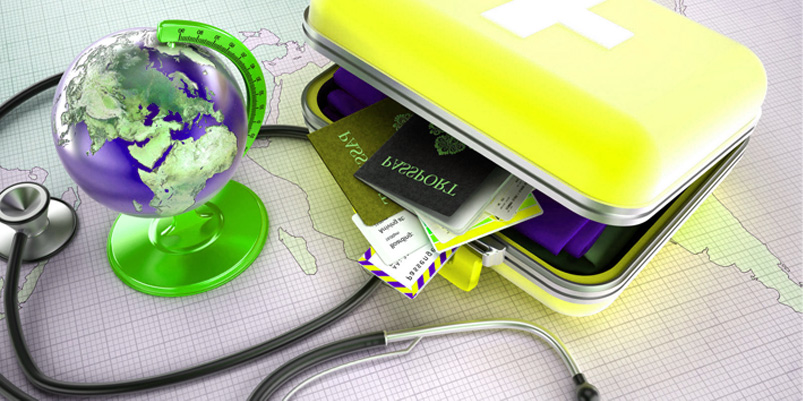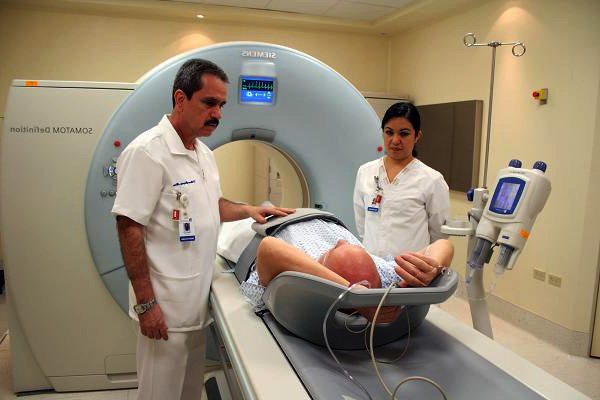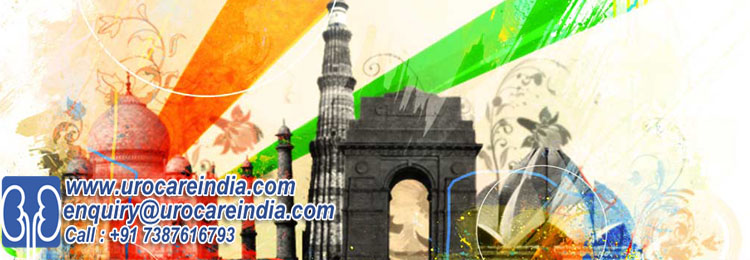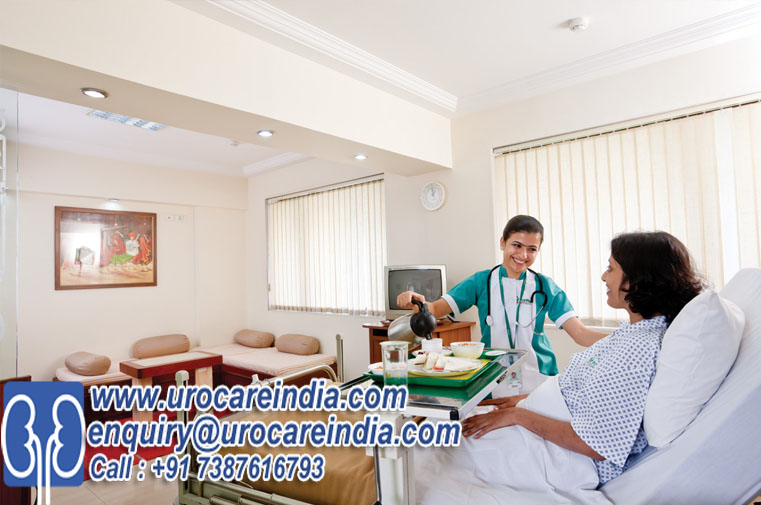Medical Tourism Could Address India’s Health Crisis
A foreign resident needing surgical treatment is put into an international flight to India. As soon as he arrives, he is driven straight to a super-speciality hospital where he is immediately attended to by world-class doctors aware of the patient’s medical history. This trend, known as medical tourism, is already in evidence, albeit on a minuscule scale. For this to become a commonplace in a matter of a few years, medical entrepreneurs, associations of medical professionals, insurance companies, third party administrators (TPAs) and the government need to make a cogent intervention.
Like the information technology (IT) industry, India has a comparative advantage in services like healthcare. The cost differentials in healthcare between developed nations and India are reckoned to be even higher than in the IT industry. But cost is only one of the drivers. Sophisticated medical facilities in India can draw people from the neighbouring countries. In the past, trade in services implied healthcare personnel migrating to developed countries. Now, the situation has reversed, with consumers moving abroad temporarily. If this emerging potential is harnessed it could shower unprecedented economic gains on the medical community and at least a section of our society, in effect replicating the IT success story.

However, while aspiring to become a world-class supplier of healthcare services, India cannot wish away its ailing masses who lie unattended for want of decent healthcare. Indeed, the current healthcare situation in India is dismal. The number of hospital beds per 1,000 population, for example, is around one, which is well below the WHO prescribed norms, or even the low-income countries’ average of 1.5. The same shortage extends to the availability of medical and paramedical staff — this, despite India’s high disease burden. India, for example, loses 274 disability adjusted life years (DALYs) — an indicator of disease burden that reflects the total amount of healthy lives lost, to all causes — per 1,000 population compared to the developing countries’ average of 256.
No wonder India trails in healthcare outcomes. For example, life expectancy at birth in India is 63 years, compared to the developing countries’ average of 65. Likewise, infant mortality rate in India is 70 compared to the developing countries’ average of 56. A similar picture emerges in other standard indicators of health outcome. The reasons are not difficult to understand. Indian government (at all levels) spends less than 1% of GDP in as important a social sector as healthcare. Besides being highly inadequate compared to other developing countries, this limited public spending is not for the lowincome people only, as one would expect. The richer segments too benefit from it.
Furthermore, most of private spending, as much as 4.3% of GDP takes the form of out-of-pocket spending and not prepaid risk pooling arrangements, and this is highly iniquitous. Notwithstanding the insurance regulator’s announcement to grant concessions to any standalone health insurer interested in entering Indian market, the development of private health insurance has not been very inspiring.
Given all this, does it make sense to promote medical tourism? To be sure, the development of medical tourism will alter India’s healthcare landscape. While it will give a boost to the private healthcare industry by catering to wealthy foreign and domestic consumers, it could adversely hit the low-income population. Medical personnel and infrastructure would be geared to serve the elite. Medical tourists will end up driving up healthcare costs. However, the adverse effect can be mitigated through
appropriate interventions, that include greater public outlay for healthcare as well as restructuring public healthcare infrastructure, especially in rural areas. The increase in public financing of healthcare is not forthcoming, given the fiscal pressure.
It is here that promotion of medical tourism can prove to be a blessing. A part of the higher private healthcare revenue can be tapped to increase public health spending. Besides, promotion of medical tourism would have positive spillover effects. Some of these are: Benchmarking and streamlining healthcare delivery (this includes the development of treatment protocols, standardisation of costing of various procedures, accreditation of hospitals and so forth); checking brain drain from India; increasing employment opportunities; and concomitant expansion of the aviation sector.

The promotion of medical tourism requires a multi-track approach. In the international arena, it requires providing an impetus to trade liberalisation in this sector within the multilateral (or General Agreement on Trade in Services) framework, seeking harmonisation of health standards, facilitating cross-border mobility of consumers and promoting health services trade with neighbouring countries. Progress on these fronts is bound to attract greater FDI into this sector. On the domestic front, this calls for enhancing coordination between states to develop uniform regulation of healthcare, which is essentially a state subject.
The very nature of these interventions enjoins upon the government to play a pivotal role in the promotion of medical tourism, at least in the initial stages of its development. The logic of investment and profit-making in healthcare, which is no different from any other sector, will ensure a repeat of IT in healthcare, which can be made to work for the betterment of all — foreign and domestic residents alike.



